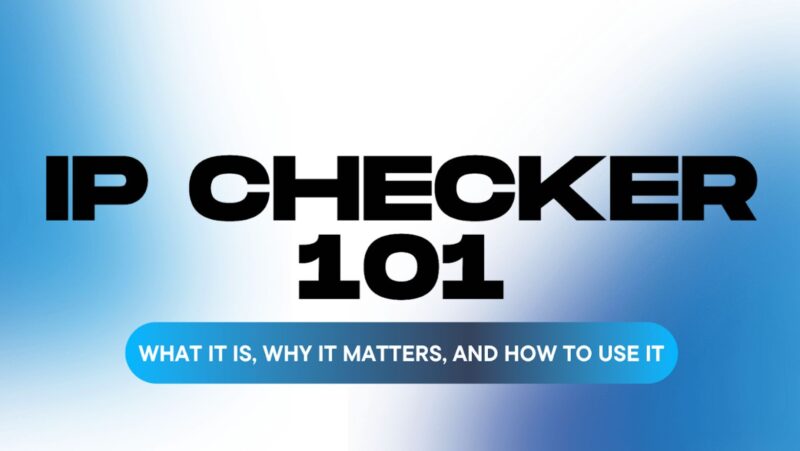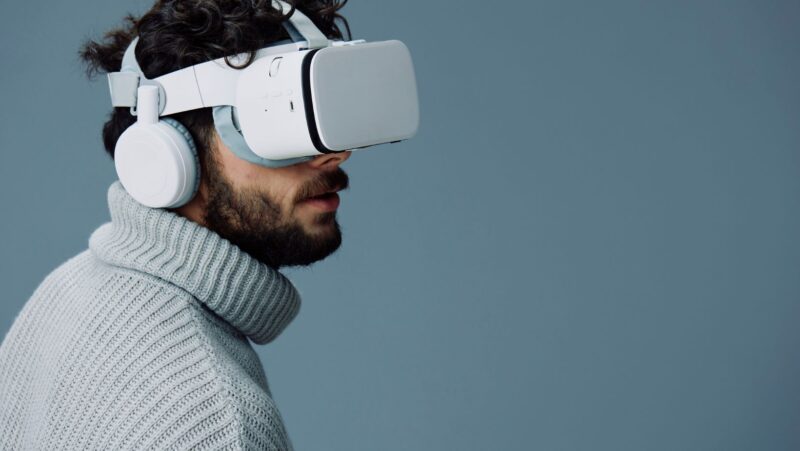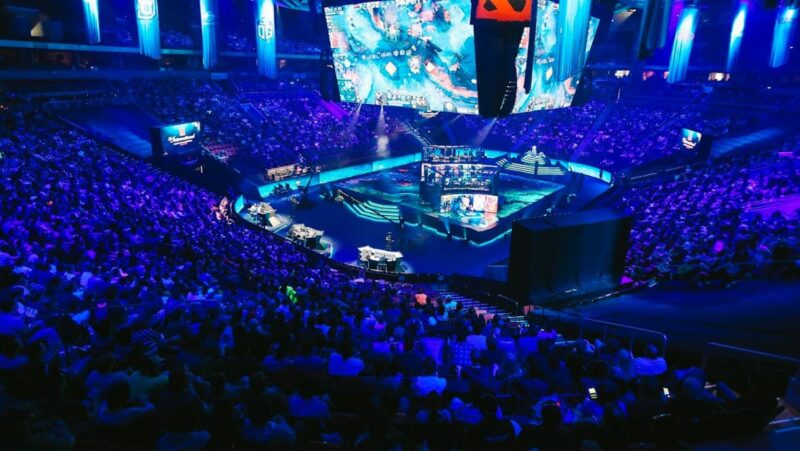
Are you tired of hearing the same jingle on every commercial break? Well, get ready to experience a new level of audio advertising.
Imagine this: you’re driving down the highway, and suddenly, a familiar tune starts playing on your car radio. Instantly, you recognize the brand behind the music, and it sparks a positive emotional connection. This is the power of audio branding.
In a world where visual advertisements dominate, audio branding has quietly been making its mark, captivating audiences, and leaving a lasting impression. But how exactly does audio advertising work, and what is the secret behind its effectiveness?
In this discussion, we will explore the untapped potential of audio branding, uncover the psychology behind the use of sound, and reveal the strategies that can make your brand stand out in the crowded advertising landscape. Get ready to hear a new side of advertising that will leave you wanting more.
The Evolution of Audio Advertising
Get ready to embark on a journey through time as we explore the captivating evolution of audio advertising.
One significant impact on audio advertising has been the rise of podcasting. With its growing popularity, podcasts have become a powerful platform for brands to reach their target audience. By incorporating advertisements within podcast episodes, businesses can connect directly with listeners in a more intimate and engaging way. This allows for a more personalized advertising experience, resulting in higher brand awareness and customer engagement.
Looking ahead, the future of audio advertising holds exciting trends. As technology continues to advance, voice-activated devices like smart speakers are becoming increasingly prominent. This opens up new opportunities for brands to create interactive and immersive audio experiences. Additionally, personalized and targeted advertising will become more prevalent, utilizing data-driven insights to deliver tailored messages to specific audiences. Furthermore, the integration of artificial intelligence and voice recognition technology will revolutionize the way audio advertisements are created and delivered, making them even more impactful and effective.
The evolution of audio advertising has been driven by the impact of podcasting and will continue to be shaped by future trends. By embracing these changes and leveraging the power of audio, brands can connect with consumers in a meaningful and memorable way.
The Psychology of Sound and Branding
As we delve into the fascinating world of audio branding, we uncover the profound impact that sound has on shaping brand perception and consumer behavior.
Music and emotions are deeply intertwined, and brands have long recognized this connection. The right sound can evoke a wide range of emotions, from joy and excitement to nostalgia and calmness. By incorporating carefully selected music into their advertising campaigns, brands can tap into these emotions and create a powerful connection with their audience.
Furthermore, sound design plays a crucial role in establishing brand identity. The sonic elements used in a brand’s audio logo or jingle can instantly evoke recognition and association. Just like visual branding, sound design is an essential tool in creating a distinct and memorable brand image.
Crafting an Effective Audio Brand Strategy
Crafting an effective audio brand strategy involves carefully selecting sonic elements that align with your brand’s identity and resonate with your target audience.
To create a memorable audio brand, consider integrating podcasts and audio storytelling into your marketing efforts. Podcasts provide a unique opportunity to engage with your audience through long-form content, allowing you to tell compelling stories that showcase your brand’s values and expertise.

By incorporating audio storytelling, you can captivate listeners and create an emotional connection that goes beyond traditional advertising.
When crafting your audio brand strategy, consider the tone, voice, and music that best represents your brand. Ensure that these elements are consistent across all platforms and touchpoints, creating a cohesive and impactful audio brand experience for your audience.
Utilizing Music in Audio Advertising
Using the power of music in your audio advertising can greatly enhance the effectiveness and impact of your brand message. Musical partnerships and sound design are key elements in creating memorable and persuasive audio advertisements.
By collaborating with musicians and composers, you can tailor the music to match the emotions and values of your brand. The right music can evoke specific feelings and memories, creating a strong connection between your brand and the listener.
Additionally, sound design plays a crucial role in audio advertising. It involves carefully selecting and manipulating sounds to create a unique sonic identity for your brand. Sound effects, voiceovers, and even the placement of silence can all contribute to the overall impact and effectiveness of your audio advertising.
The Role of Voiceovers in Audio Branding
Voiceovers are a powerful tool that can bring your brand to life and leave a lasting impression on your audience. When it comes to audio branding, the role of voiceovers can’t be overlooked.
The right voice can capture the essence of your brand and convey your message effectively. Voiceover techniques such as pacing, intonation, and emphasis can greatly impact the overall tone and mood of your advertisement.
The tone of the voice can evoke emotions, create a sense of urgency, or establish credibility. A warm, friendly tone can help build trust and connect with your audience on a personal level. On the other hand, a confident and authoritative tone can convey expertise and command attention.
Measuring Success: Metrics for Audio Advertising
To accurately gauge the effectiveness of your audio advertising campaign, it’s crucial to measure key metrics that provide insights into audience engagement and brand impact.
One of the most important metrics to consider is ROI analysis. This allows you to determine the return on investment for your advertising efforts, helping you understand the financial impact of your campaign.

Additionally, listener engagement is another vital metric to measure. This includes factors such as the number of listeners reached, the duration of their engagement, and the actions they take as a result of hearing your ad.
By tracking these metrics, you can assess the success of your audio advertising campaign and make informed decisions to optimize future efforts.












